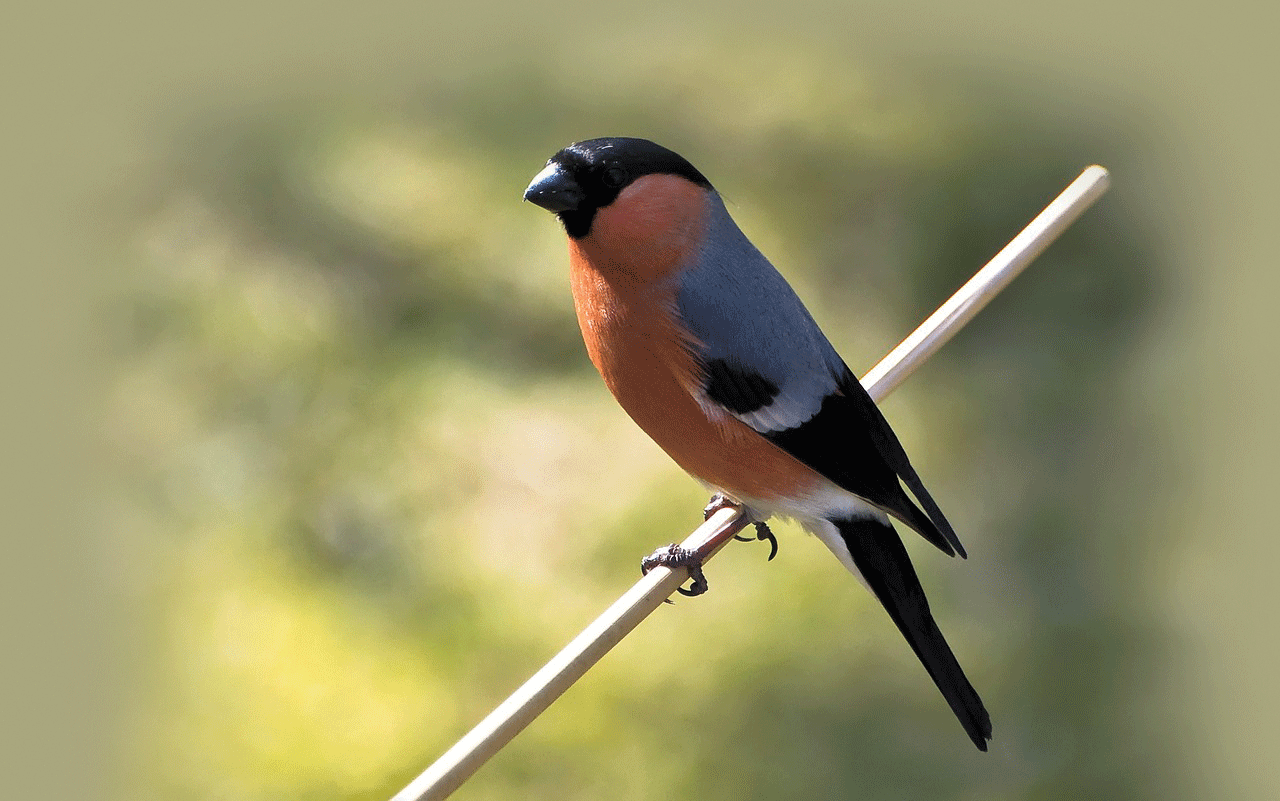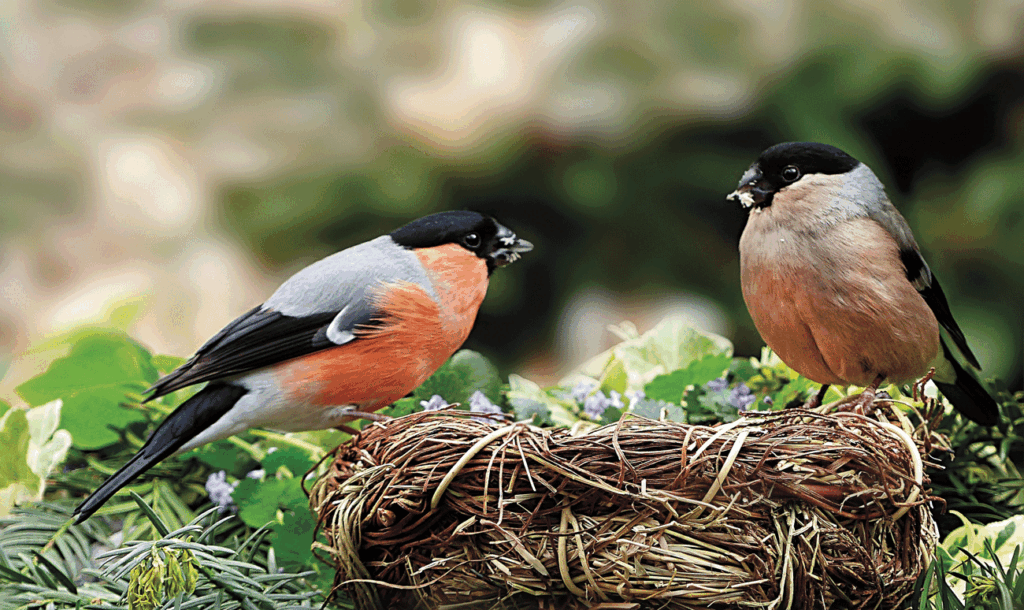
If we didn’t have a Robin as our much-celebrated Christmas bird then I can suggest a likely alternative.
It’s slightly bigger and, like many Santa Claus depictions, has a plump tum. And it even carries its own sack to take gifts of food to its kids.
And of course it has a red breast. Well, if the Robin with its orangey breast can get away with being called ‘redbreast’ then this contender, with its dark pinky/red colouring, surely deserves to be labelled a redbreast too.
I’m talking about the startling male Bullfinch. This is a largely secretive bird that prefers tangled thickets, thick hedges and dense cover on woodland edges. And like our welcome Christmas Eve or Christmas Day visitor he is rarely seen or heard.
But in winter, when the deciduous leaves have fallen and the autumn berry crop has been gratefully gathered by our countryside’s wildlife, this bull-necked fella ventures further afield into our smaller gardens.
I’ve often heard people remark how delighted they were to look out of the window and see one in their garden. They find them quite spectacular.
The males’ red waistcoats seem to glow on a drab December day. Black caps, slate grey backs and black and white wings provide a perfect contrast. Handsomely dressed for Christmas celebrations. The females have the same pattern but display more subtle grey/brown tones.
See them fly away and both sexes have long black tails and an obvious white rump. If you see a small bird with a white rump in your garden it is almost certainly going to be a Bullfinch.
Unlike Robins, the adults are ‘veggies’ and they are after whatever seeds they can find. Flower heads left especially for the finches, and dried-up brambles that somehow escaped picking for crumbles, are favoured fodder.

Their tough, short black bills miraculously eke out fuel for survival from even the most dead-looking vegetation.
Bullfinch numbers have, like so many of our birds in Britain, plummeted in recent decades but around Cranleigh at least they are fairly commonly encountered. However, due to their retiring nature they may take some finding. I usually hear one first.
They are not noted for singing and strangely it was for this reason, and their prettiness, that they were caught in Victorian times. It was found they were great mimics and they sang from their cages after being introduced to fluty renditions on musical instruments.
In the wild though, one of their calls is very mechanical. If you are out walking up in the Surrey Hills to the north of us you will be aware of hectic mountain bike traffic along the paths this Christmas holiday.
But if you think you hear a bike with a repetitive squeaky wheel, do stop and listen again. The high two-note piping could be one of the calls of the Bullfinch. And where there is a male there is usually a female nearby too, and maybe two or three other pairs.
The Bullfinch may be a welcome garden visitor now but is likely to be sent packing by some in the Spring if it is has outstayed its welcome. It can nip the buds off fruit trees and bushes at a reported rate of up to 30 buds a minute. For other people that might be viewed as a small price to pay.
Which brings me back to presents. I mentioned at the beginning of this article that the Bullfinch has a ‘sack’ to carry gifts to its youngsters.
Unlike our other finches it is blessed with a sac in the bottom of its mouth to store the food it is gathering for them. These include creepy crawlies at this stage of the a chick’s life as well as seeds. No escape!











